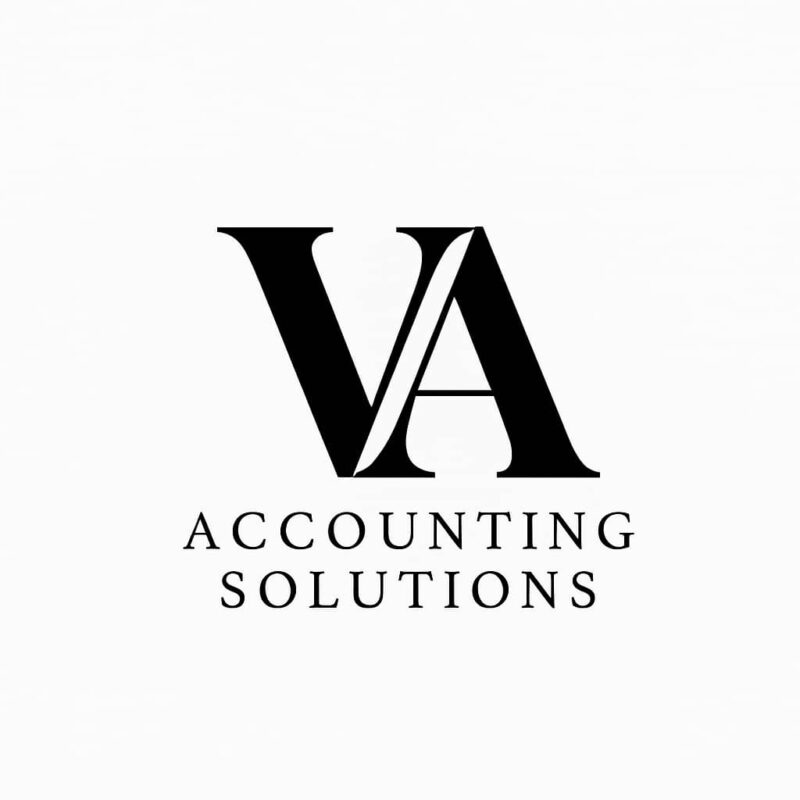Welcome to Self-Employment (Don’t Panic About Tax!)
Taking the leap into self-employment is an exciting step, offering freedom and control over your career. However, it also brings new responsibilities, and for many, the biggest source of anxiety is completing the Self Assessment tax return. A self assessment guide can be an invaluable tool during this time, helping you understand the process and avoid costly mistakes. Research shows that the first year of self-employment is by far the most challenging, as you navigate the new world of tracking finances and understanding your tax obligations.
Filing your first tax return can feel daunting, but it doesn’t have to be. This step-by-step guide is designed specifically for new sole traders in the UK. We will walk you through the entire process, from registering with HMRC to understanding your first tax bill, helping you to approach your first Self Assessment with confidence and avoid common pitfalls.

Step 1: Registering as a Sole Trader with HMRC- Self Assessment Guide
Your first legal obligation is to tell HMRC that you are self-employed.
- When to Register: You must register if you earned more than £1,000 from self-employment in a tax year (which runs from 6 April to 5 April).
- The Deadline: The deadline to register is 5 October after the end of the tax year in which you started trading. For example, if you started your business in June 2024 (during the 2024/25 tax year), you must register by 5 October 2025. Registering late can result in penalties.
- How to Register: You can(https://www.gov.uk/register-for-self-assessment) on the GOV.UK website. Once registered, HMRC will send you a 10-digit Unique Taxpayer Reference (UTR) number, which you will need to file your tax return. Keep this number safe.
Step 2: Understanding Key Dates and Deadlines
Missing deadlines is a common and costly mistake. Mark these key dates in your calendar:
- 5 April: Tax year ends.
- 5 October: Deadline to register for Self Assessment for the previous tax year.
- 31 October: Deadline for filing a paper tax return.
- 31 January: The main deadline for filing your online tax return and for paying the tax you owe for the previous tax year.
Step 3: Setting Up Your Record-Keeping System
Good record-keeping is the foundation of a stress-free tax return. From day one, you must keep records of:
- All your business sales and income.
- All your allowable business expenses, along with receipts and invoices.
- Any grants received.
- Records of your personal income from other sources.
You are legally required to keep these records for at least 5 years after the 31 January filing deadline for that tax year. While a simple spreadsheet can work, using accounting software can make tracking much easier. It is also highly recommended to open a separate business bank account to keep your business and personal finances distinct.
Step 4: Choosing an Accounting Method (Cash Basis vs. Traditional)
HMRC allows you to choose between two methods for recording your income and expenses.
- Cash Basis Accounting: This is the default and simplest method for most small businesses. You record income and expenses on the date the money is actually received into or paid out of your bank account. Your turnover must be below £150,000 to use this method.
- Traditional (Accrual) Accounting: You record income and expenses by the date you invoiced or were billed, regardless of when the money was actually paid. This method is more complex but may be necessary for larger businesses or those that need to track debtors and creditors for finance applications.
For most new sole traders, cash basis accounting is the most straightforward option.
Step 5: Gathering the Information for Your Tax Return
When it’s time to file, you will need to gather all your financial information for the tax year. This includes:
- Your 10-digit UTR number.
- Your National Insurance number.
- Records of your total self-employed income.
- Records of your total allowable business expenses.
- Details of any other income, such as from employment (your P60 or P45), savings interest, or dividends.
- Records of any personal pension contributions or Gift Aid donations, as you can claim tax relief on these.
Step 6: Filling Out the Self Assessment Form (SA100 & SA103)
If you file online, the system will guide you through the relevant sections. The main parts you will complete are:
- SA100: This is the main tax return form, where you declare your personal details and all non-self-employed income (like savings interest or PAYE income).
- SA103S (Short) or SA103F (Full): This is the supplementary page for self-employment. You will use this to enter your business turnover and total allowable expenses. You’ll use the ‘short’ form if your turnover was below the VAT threshold (£90,000) and the ‘full’ form if it was above.
Step 7: Understanding Your First Tax Bill (and Payments on Account)
This is the part that catches most new sole traders out. Your first tax bill, due on 31 January, is often much larger than expected. This is because it can be made up of three parts:
- Balancing Payment: This is the full amount of tax and National Insurance you owe for the tax year you have just completed.
- First Payment on Account: If your tax bill is over £1,000, HMRC will also ask you to pay 50% of that bill as an advance payment towards the next tax year’s liability.
- Second Payment on Account: The remaining 50% advance payment is due on 31 July.
This means on your first 31 January deadline, you could be paying 150% of your first year’s tax bill. It is essential to budget for this from the moment you start trading.
Step 8: Filing Your Return and Paying HMRC
Once you have filled in all the sections, the online system will automatically calculate your tax liability, including any Payments on Account. After you submit the return, you must pay the amount due by the 31 January deadline.
You can (https://www.gov.uk/pay-self-assessment-tax-bill) in several ways, including:
- Online bank transfer (Faster Payments)
- Debit card
- Direct Debit.
Common First-Year Mistakes to Avoid
- Registering Late: Missing the 5 October registration deadline can lead to penalties.
- Poor Record-Keeping: Failing to keep accurate records is the most common error, leading to incorrect claims and potential issues if HMRC investigates.
- Not Budgeting for Tax: Underestimating your tax bill, especially the first Payment on Account, can cause serious cash flow problems. A good rule is to set aside 20-30% of your income for tax.
- Mixing Business and Personal Expenses: Only claim for expenses that are “wholly and exclusively” for your business.
Conclusion: Your First Return is Done – What’s Next?
Congratulations on completing your first Self Assessment! It is a significant milestone in your self-employment journey. The key to making it easier next year is to build on the foundations you’ve laid. Continue to keep meticulous records, set aside money for tax as you earn, and consider filing your next return early. Doing so will give you plenty of time to plan for your payments and will transform tax from a source of stress into a manageable part of running your successful business.
FAQs: Self Assessment Guide
1. What is a Self-Assessment tax return?
It’s the process HMRC uses to collect income tax from individuals who don’t have tax automatically deducted from their wages—like sole traders and freelancers.
2. Do I need to register for Self-Assessment as a sole trader?
Yes, if you earn more than £1,000 from self-employment in a tax year, you must register with HMRC and submit a Self-Assessment return.
3. When should I register for Self-Assessment?
You must register by 5 October following the end of the tax year in which you started trading.
4. What’s the deadline to file my tax return?
- Paper returns: 31 October
- Online returns: 31 January (following the end of the tax year)
5. What information do I need to complete the return?
You’ll need:
- Your Unique Taxpayer Reference (UTR)
- National Insurance number
- Income and expenses records
- Invoices, receipts, bank statements
- Any other income (e.g., rental, dividends)
6. How do I file my return?
You can file it:
- Online via HMRC’s website (most common)
- Or by paper (less common and earlier deadline)
7. What expenses can I claim as a sole trader?
Allowable expenses include:
- Office/studio rent
- Internet and phone
- Travel/mileage
- Equipment and tools
- Marketing and website costs
- Business insurance
8. Do I have to pay anything when I file?
Yes, you’ll usually need to pay:
- Income Tax
- Class 2 and Class 4 National Insurance
- Possibly a Payment on Account for the next year
9. What are ‘Payments on Account’?
They are advance payments towards next year’s tax bill, due in two installments:
- 31 January
- 31 July
10. Can I do it myself or should I hire an accountant?
You can do it yourself online using HMRC’s system. However, many sole traders use accountants or tax software to ensure accuracy and maximise deductions.
